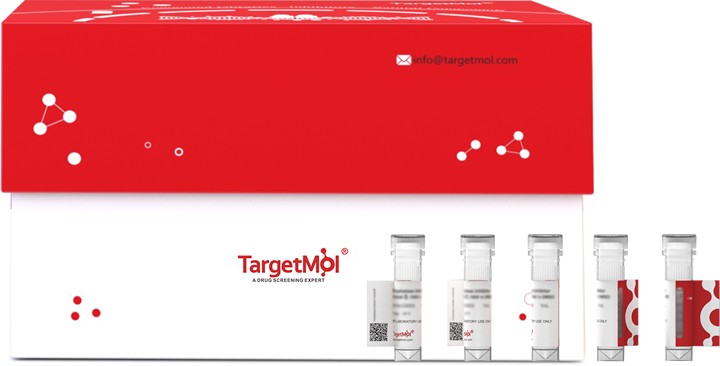Shopping Cart
- Remove All
 Your shopping cart is currently empty
Your shopping cart is currently empty

GM-CSFR alpha Protein, Human, Recombinant (hFc) is expressed in HEK293 mammalian cells with hFc tag. The predicted molecular weight is 61.2 kDa and the accession number is P15509-1.

| Pack Size | Price | Availability | Quantity |
|---|---|---|---|
| 100 μg | $696 | 7-10 days | |
| 1 mg | $4,530 | 7-10 days |
| Biological Activity | Measured by its ability to inhibit GM-CSF dependent proliferation of TF-1 human erythroleukemic cells. The ED50 for this effect is typically 10-15 μg/ml. |
| Description | GM-CSFR alpha Protein, Human, Recombinant (hFc) is expressed in HEK293 mammalian cells with hFc tag. The predicted molecular weight is 61.2 kDa and the accession number is P15509-1. |
| Species | Human |
| Expression System | HEK293 Cells |
| Tag | C-hFc |
| Accession Number | P15509-1 |
| Synonyms | SMDP4,GMR,GM-CSF-R-α,GM-CSF-R-alpha,GMCSFR,GM-CSF Receptor α Protein,CSF2RY,CSF2RX,CSF2RAY,CSF2RAX,CSF2R,colony stimulating factor 2 receptor, α, low-affinity (granulocyte-macrophage),colony stimulating factor 2 receptor, alpha, low-affinity (granulocyte-macrophage),CDw116,CD116 |
| Construction | A DNA sequence encoding the extracellular domain (Met 1-Gly 320) of human GM-CSFRα (NP_006131.2) pro-protein was expressed with the C-terminal fused Fc region of human IgG1. Predicted N terminal: Glu 23 |
| Protein Purity | > 90 % as determined by SDS-PAGE |
| Molecular Weight | 61.2 kDa (predicted) |
| Endotoxin | < 1.0 EU/μg of the protein as determined by the LAL method. |
| Formulation | Lyophilized from a solution filtered through a 0.22 μm filter, containing PBS, pH 7.4. Typically, a mixture containing 5% to 8% trehalose, mannitol, and 0.01% Tween 80 is incorporated as a protective agent before lyophilization. |
| Reconstitution | A Certificate of Analysis (CoA) containing reconstitution instructions is included with the products. Please refer to the CoA for detailed information. |
| Stability & Storage | It is recommended to store recombinant proteins at -20°C to -80°C for future use. Lyophilized powders can be stably stored for over 12 months, while liquid products can be stored for 6-12 months at -80°C. For reconstituted protein solutions, the solution can be stored at -20°C to -80°C for at least 3 months. Please avoid multiple freeze-thaw cycles and store products in aliquots. |
| Shipping | In general, Lyophilized powders are shipping with blue ice. |
| Research Background | CD116/GM-CSFR has been preferentially associated with M4, M5 subtype of AML but is not specific. The cluster of differentiation (cluster of designation) (often abbreviated as CD) is a protocol used for the identification and investigation of cell surface molecules present on white blood cells initially but found in almost any kind of cell of the body, providing targets for immunophenotyping of cells. Physiologically, CD molecules can act in numerous ways, often acting as receptors or ligands (the molecule that activates a receptor) important to the cell. A signal cascade is usually initiated, altering the behavior of the cell (see cell signaling). Some CD proteins do not play a role in cell signaling, but have other functions, such as cell adhesion. CD116/GM-CSFR is the alpha subunit of the heterodimeric receptor for colony stimulating factor 2, a cytokine which controls the production, differentiation, and function of granulocytes and macrophages. The encoded protein is a member of the cytokine family of receptors. CD116/GM-CSFR is found in the pseudoautosomal region (PAR) of the X and Y chromosomes. |

Copyright © 2015-2025 TargetMol Chemicals Inc. All Rights Reserved.